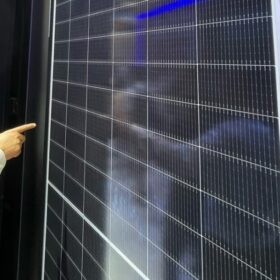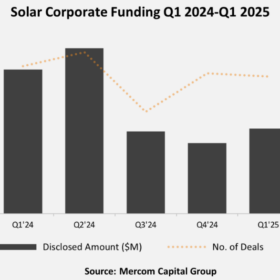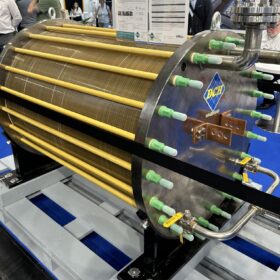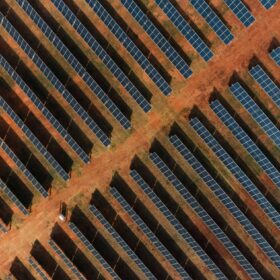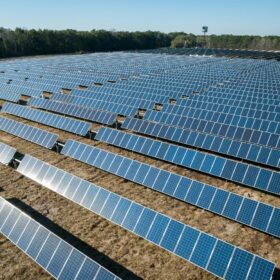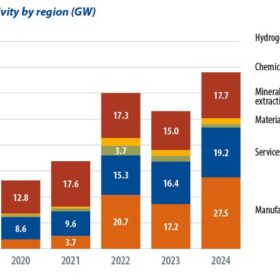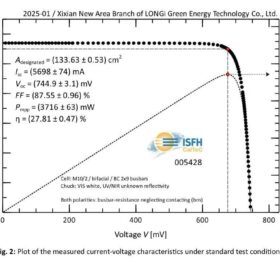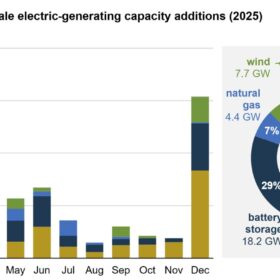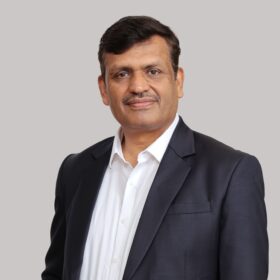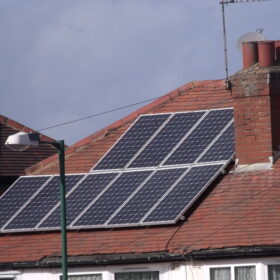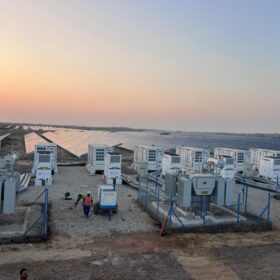Longi achieves 34.85% efficiency for two-terminal tandem perovskite solar cell
The result was confirmed by the U.S. Department of Energy’s National Renewable Energy Laboratory (NREL).
Fire risks in industrial rooftop solar systems due to poor installation
Clean Energy Associates (CEA) has inspected more than 600 industrial PV systems and has found widespread safety risks, largely stemming from poor installation practices, but many issues are easily identifiable and fixable.
Global corporate solar funding falls 41% to $4.8 billion
Corporate funding in solar fell 41% year-over-year in Q1, 2025 due to policy reversals, tariff shocks and regulatory uncertainties, said a report from Mercom Capital.
The Hydrogen Stream: EU backs €400 million H2 scheme in Spain
The European Commission has cleared a €400 million ($455.2 million) Spanish aid program to scale renewable hydrogen output, backing up to 345 MW of electrolyzer capacity and targeting 221,000 tons of production via the EU Hydrogen Bank’s 2025 auction round.
EcoFlow launches balcony PV system, batteries with AI features
EcoFlow’s new Stream series, its second-gen balcony solar plant, enables battery coordination and plug-and-play solar for distributed batteries, plus third-party microinverter coordination for its new battery.
Global solar module shipments hit 703 GW in 2024
The new edition of the International Technology Roadmap for Photovoltaic (ITRPV), published this week, reports that average PV module prices last year dropped by 33% compared to the end of 2023.
IEA’s World Energy Outlook systemically underestimates solar PV development
Since 1993, the World Energy Outlook (WEO) of the International Energy Agency (IEA) has been an authoritative report on energy statistics and guiding future energy supply and demand developments. An examination of these reports, however, indicates that even the most progressive of WEO scenarios has vastly underestimated the growth of renewable energy technologies, especially solar PV.
Data centers lead global growth in corporate PPAs
In 2024, the global corporate clean energy procurement market grew strongly, with a record 68 GW of power purchase agreements (PPAs) and other clean energy procurement deals announced. That amounted to 29% growth against the previous year. Caroline Zhu and Bruno Brunetti, of S&P Global Commodity Insights, examine the trends behind these numbers.
Longi claims world’s highest efficiency for silicon solar cells
Longi said it has achieved a 27.81% efficiency rating for a hybrid interdigitated back contact, as confirmed by Germany’s Institute for Solar Energy Research Hamelin (ISFH).
US total solar capacity to reach 182 GW by end of 2026
The US Energy Information Administration (EIA) says cumulative solar installations are expected to double from 91 GW to 182 GW from the end of 2023 to the end of 2026. Meanwhile, battery energy storage capacity is expected to grow 70% in 2025 alone.
